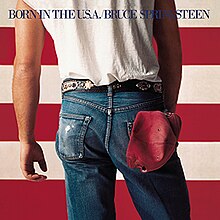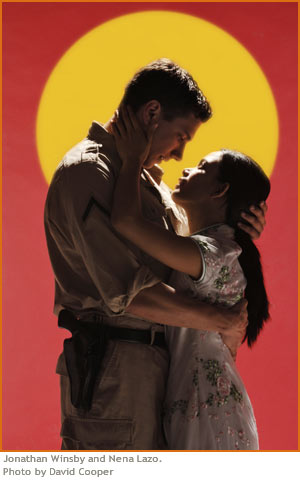'Billie Jean' - 1983
Michael Jackson often referred to as ‘the king of pop’ was a major influence within 1980’s America and across the globe. His contributions to music, dance, and fashion, along with his publicised personal life, made him a global figure in popular culture for over four decades.
"Billie Jean" is a song by the American recording artist Michael Jackson. It is the second single from the singer's sixth solo album, Thriller (1982). It was written and composed by Michael Jackson and produced by him and Quincy Jones. "Billie Jean" became a worldwide commercial and critical success; "Billie Jean" was one of the best-selling singles of 1983 and is one of the best-selling singles worldwide. The song topped both the US and UK charts simultaneously. In ‘Billie Jean’ Michael's black leather suit, pink shirt and red bowtie were imitated around the world. The popularity of the video helped push Thriller towards becoming the top-selling album of all time and eventually garnered Jackson induction into the Music Video Producers Hall of Fame in 1992.
Choosing the landmark "Thriller" the No. 1 video of the 1980s would be obvious. However, it was the video "Billie Jean" that put Michael Jackson on the map along with the MTV the emerging television channel, two major popular culture icons that represented the 80’s.
The reason why I chose Billie Jean to represent the 1980’s is because it was this music video that significantly changed the music industry in America and many other countries (mainly western).
Hard to believe today, given the pervasiveness of Black culture in contemporary’s music industry, but back in 1983 no Black artists were played on MTV. "Billie Jean" broke the colour barrier not just in music videos but for the music industry in general. This is further reinforced with Micheal Jackson meeting Ronald Reagan in the White House on 14t May 1984. It was also this music video that triggered the usage of music videos as originally MJ used the video to present his dancing moves to his own songs. But ever since Billie Jean the video footage in music videos play a huge part in the individual songs, the artists and the music industry as it strongly portrays the representation of the respective artist.
Therefore Billie Jean remains a seminal moment in music video history, as well as its respective album Thriller being one of the first albums to use music videos to as successful promotional tools.
'Gangnam Style'- 2012
On December 21, 2012, "Gangnam Style" became the first YouTube video to reach a billion views As of February 8, 2014, the music video has been viewed over 1.9 billion times on YouTube. By the end of 2012, Gangnam Style had topped the music charts of more than 30 countries. The song and its accompanying music video went viral in August 2012 and have influenced popular culture worldwide since then.
As the song continued to rapidly gain popularity and ubiquity, its signature dance moves were attempted by many powerful political leaders such as the British Prime Minister David Cameron and Barack Obama, the President of the United States. Gangnam Style also became a source of parodies and reaction videos by many different individuals, groups and organizations.
Through social networks like Facebook, many small, unofficial fan-organized flash mobs have been held in universities and colleges throughout the world. The earliest flash mobs were held in Pasadena, California,12th September 2012 Times Square in Manhattan was filled with a dance mob dancing to the music of "Gangnam Style" during ABC's Good Morning America.Major flash mobs (those with more than 1,000 participants) were also held in Seoul (South Korea),Sicily, (Italy) and Milan (Italy),and Paris (France).
The reason why I think ‘Gangnam Style’ represents the contemporary is because of several reasons. First It represents the growing globalisation of the world as a song of non-Western origin could top the charts in its own region and many other countries around the globe. Second it represents the contemporary’s usage and reliance on the internet, hence the reason to its ‘discovery’ and its influence upon popular culture (flash mobs, parodies and internet meme). Finally due to the internet Gangnam Style represents the contmeprary change in the music industry. Looking back upon the 1980’s music videos were accessed on TV leading the songs to sell well on the charts. However Gangnam Style ‘changed the music industry’s Billboards ranking methodology’ as argued in The Harvard Business review (Kevin Evers). Instead of relying solely on radio plays and paid purchases, Billboard started to place a heavier emphasis on digital sales and YouTube views As a result of the change, Gangnam Style moved up to the top position in music charts in many countries













